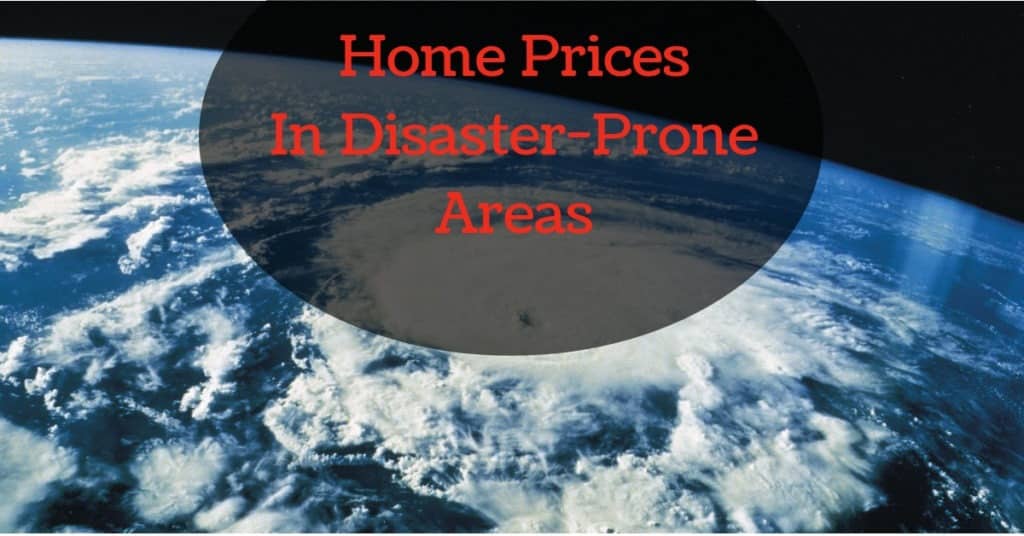Disaster-Prone Areas Continue To Rise
The US property market is full of surprises. Common sense dictates that people should avoid disaster-prone regions. Hurricane Harvey, Hurricane Irma, and the California wildfires are some of the disasters we have witnessed recently.
The death and destruction are still vivid in our memories, but the property market seems to ignore all that. It begs the question, what exactly do Americans see in these low-lying counties?
Out of over 70 million homes, 48 percent are located in high to very high-risk areas. According to recent studies, the hottest property market segment lies in these disaster-prone regions.
For first time buyers it depends on the ability to read the situation correctly. While holistic and industry-wide researches give clues to the overall picture, sometimes they miss important cues.
The research showed that investors who bought in the high-risk market stood to rake in 55 percent gains on properties purchased in 2012. That is a healthy return on investment in just five years. It trumps any other asset class in America.
During the same time, the country has witnessed a cycle of billion-dollar disasters ranging between 8 to 15 billion dollars per year, consistently, over our study of the past 7 years. What exactly is making the West Coast and the Gulf Coast a popular destination for Americans and foreign investors? Is the trend misleading?
They Are The Economic Hubs
Economic activities play a huge role in property prices. Availability of jobs and potential for entrepreneurship play a critical role. A keen eye on the disaster-prone areas tells of a region buzzing with economic activities and a dynamic population.
With jobs comes the need to settle. The West Coast attracts young technocrats and a vibrant community of millennial’s. Their appetite for rentals is putting pressure on existing units as demand far outweighs supply. Investors see this as an excellent opportunity to put their money.
Immediately after disasters, there is a shortage of available units in the market. Before restoration is complete and the insurance companies pay out, the crunch is high, which brings forth higher prices.
Reasonably Priced Property
The average price of a home in very high-risk areas is $325, 000, which is modest if you consider some of the benefits that come with these homes. They include warmer weather, ocean or a mountain view, proximity to commercial districts, among many others.
The risk plays a role in the pricing to keep the cost modest. In the same market segment, it might interest a discerning investor that not all classes of property appreciate highly. In areas considered safer, the market segment is very fluid. Some studies show homes over $500,000 do better than those below the mark do.
Insurance Is Working
Investors are buoyed by the existing insurance plans that cover most of the major cities. Despite the heavy losses incurred by insurers in the recent past, none of the insurers seems to be interested in opting out of the coastal and more vulnerable areas. They have increased the premiums significantly, but they are still very much into the market.
Residential Investors See A Liquidity Opportunity
Growth in rental income occasioned by increased demand for rental units is the key driver here. However, rental income is subject to maintenance costs, service disruption, occupancy, and taxes.
The presence of many emerging businesses in these regions is a factor. Growth in the office apartment blocks is healthy thanks largely to the ecosystem created by the business community.
Selective Appreciation
Homes near affected regions have the highest market spike in rental revenues and prices. The perception that they are safe gives them a market boost. Safety-conscious buyers such as seniors are willing to pay a premium for those properties.
It seems that people are not ready to abandon their jobs and source of livelihoods because of disasters. With the insurance working, the regions will continue to attract investors. So go ahead, live life on the edge… literally.
For more information about buying or selling a home in a disaster-prone area, contact your local Realtor.

